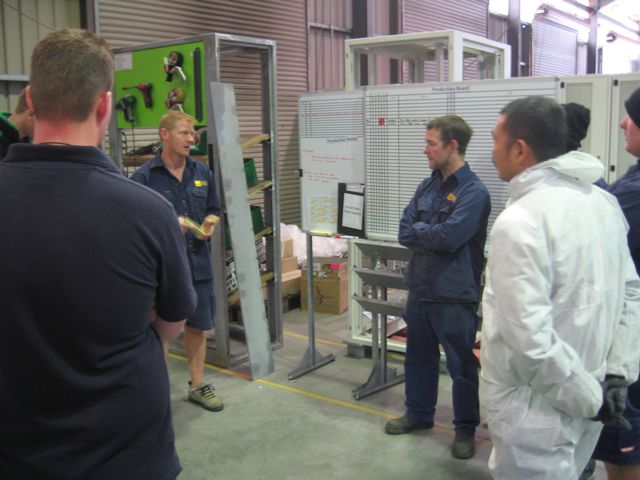Lean Leadership: You Can’t Recruit Your Way to Success
One of the most important skills in business is the ability to attract and select good people. In fact, in my time as a manager I decided that the single most important decision I would ever make is whom I gave a job to. The importance of this decision may lead some to think that the answer to a business’ problems is simply to recruit the best people and actively manage out people who do not perform. Sadly in our experience, this approach is frequently a root cause of business failure rather than success.

In any business the quality of its leaders will vary. This will depend on innate ability, but also on management perceptions (which can often be self fulfilling), the level of training and support provided, the design of the role itself and transitory factors such as personal issues and short-term business issues. By definition the average business leader will be of average ability.
This is simple statistics. No business sets out to recruit below average leaders, and few are successful at always finding the “upper quartile”. Therefore chances are that the team of managers you have are “average”. Importantly, it is equally likely that person you recruit after you fire your last “average” manager will also be “average”.
However by firing one leader and recruiting another you expose your business to considerable cost and risk. Firstly, the recruitment process will typically take three months and a further three to six months is usually required before the new manager is fully established and able to start driving the improvement of the business.
It is likely too that the new manager will shift the focus of his area of responsibility, meaning that the previous manager’s initiatives and improvements will be lost or fail to reach fruition, regardless of whether they would have been ultimately beneficial to the business. We very frequently see this with lean manufacturing initiatives in large corporations which often fall down after a change of leadership, leading to the “unlearning” of many of the improvements previously made and cynicism and apathy among team members.
This is why W. Edwards Deming highlighted management mobility as one of his “Seven Deadly Diseases”. Finally, even with the most rigorous selection processes, there is a high risk that the new leaders will not be more effective than the previous one.
What Is the Alternative?
If business performance is not satisfactory then surely this is the responsibility of the manager? There is no argument is that the performance of a department or business should be the responsibility of the leader, however the manager is usually not the root cause of the problem. Lean Leadership approaches would suggest that the causes are usually deeper than that. In the words of one Toyota executive
“We get brilliant results from average people operating and improving brilliant processes. Our competitors get mediocre results from brilliant people working around broken processes. Then, when they fail, they hire even more brilliant people [and still get worse results].”
Businesses should therefore strive continuously for process excellence. This includes processes for developing people. The best source of leaders for your business should be your own company since existing employees will best understand your technology, your customers, your people and your culture. Therefore focus must be given to developing existing staff by providing them with training, new projects, new challenges and constant feedback (not just the annual performance review – another of Deming’s “Diseases”).
What if Things Go Wrong?
There is no doubt action needs to be taken when performance slips. However that action needs to be to first ask “Why?”, not “Who”. The business should use problem solving techniques to find and address the root causes of problem to learn from its mistakes and use the mistakes as an opportunity to improve processes and prevent re-occurrence. This is how above trend performance is achieved and sustained.
There will be occasions when we do have the wrong person in a leadership role and need to move them on. These are the individuals who do not learn from their experience, who do not develop their people and who consistently fail to apply rigour in finding and addressing the root causes of problems and poor performance.
We should try help these individual to develop the skills of a problem solver, but sometimes individuals are unable or unwilling to learn. These individuals are not suitable for leadership roles, and should be moved on. Even if short term business performance is good, the manager who does not want to learn and does not develop his or her people will be a threat to the future performance of your business.
Unfortunately too often with our focus on short term results and business outcomes rather than process, individuals get promoted for making decisions quickly, for responding to short term issues, by restructuring, reorganising, outsourcing, divesting and acquiring and hiring and firing. This kind of action is mistakenly regarded as leadership and is seen to be more effective than the slow and painstaking tasks of solving problems using scientific method and developing people. To quote another Toyota specialist:
The Japanese used to describe Toyota as a bunch of farmers in their factory out in the country, doing what farmers do: plowing a straight furrow, mending the fence, fixing their own tools, milking the cows every day, and obsessing about the weather.
Like farmers, in business we reap what we sow!




